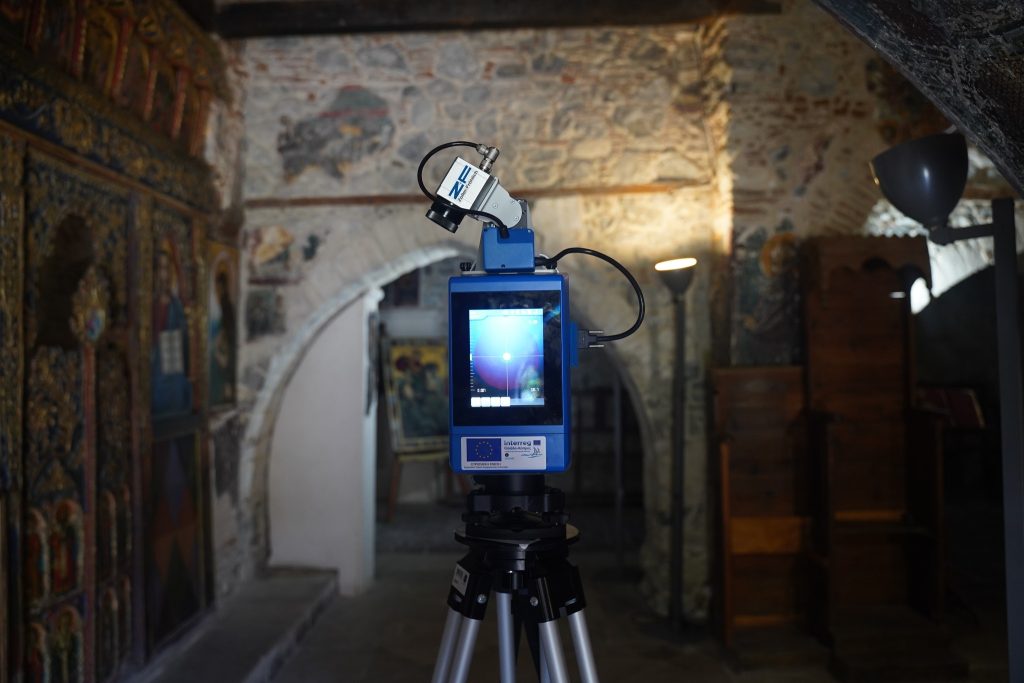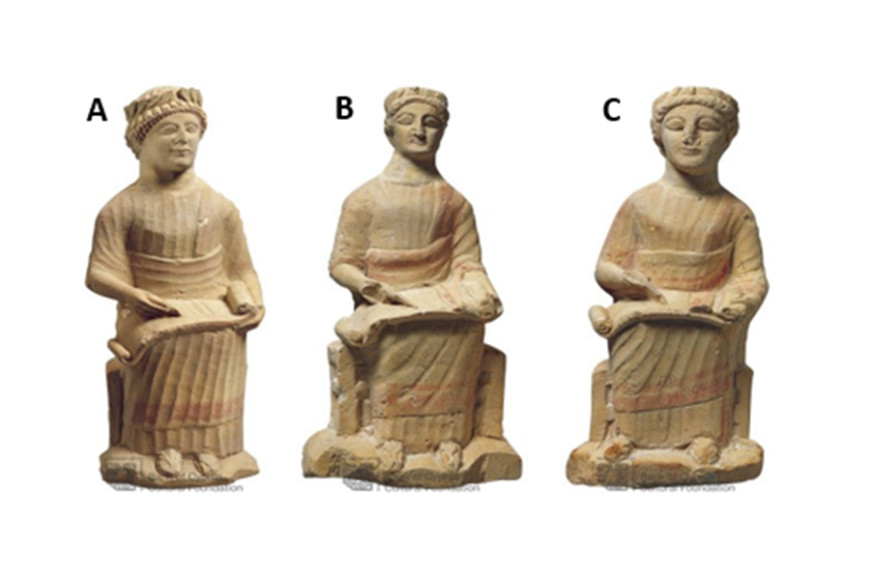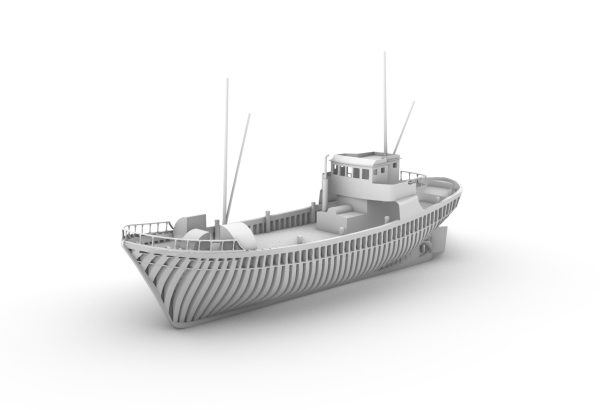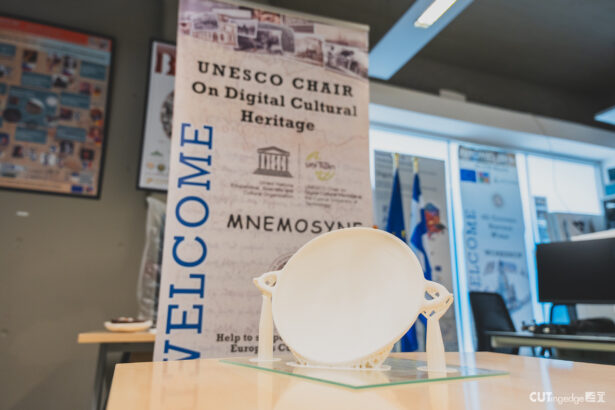
Inclusivity in cultural heritage: Α story from Cyprus
Without a doubt, if humanity is to truly develop then science and technology cannot be the sole drivers of that change, we must evolve at a societal level as well. We can’t talk about the latest technology developments without referring, for example, to gender, sexual, racial, educational or any other form of human inclusivity. We are, after all, all users and beneficiaries of such advances.
At the same time, we cannot talk about those valued things passed down from previous generations without acknowledging that our ancestors were made up of equally diverse individuals. After all, heritage and culture, like science and technology are a shared story and belong and should be available to everyone, not just something to be accepted as handed down by our forefathers as the word implies.
Uniquely holding both the UNESCO and European Research Area (ERA) Chairs on Digital Cultural Heritage, the DHRLab at the Cyprus University of Technology is celebrating a 10th anniversary this year. The laboratory’s mission was, and still is, simple but ambitious – to use modern digital technology to record, explore, preserve and provide access to our shared cultural heritage. Not just the stones and bricks of archaeological sites or pots and books in museums and libraries, but the stories, meaning and interconnections between objects, those hidden “intangible” things that make up social history.
“Working in an interdisciplinary environment in the field of digital cultural heritage allows me to express my passion for history and archaeology in a fascinating way, while I feel that I am fully involved in the protection, preservation, and promotion of cultural heritage,†says Ms Antria Karaoli, a historian and archaeologist and a full-time employee at the DHRLab.
The benefits of multidisciplinary research are well documented but in this article, we are interested in the benefits of diversity in research, not just the different academic backgrounds of the DHRLab, but in the lived experience and specifically gender.
Digital cultural heritage is a relatively new field of study and one in which women have proven their expertise, dedication, and passion for preserving our shared cultural legacy despite high technology being seen as a typically male-dominated area. Their technical skills, attention to detail, interdisciplinary perspectives, and advocacy for inclusivity make them invaluable assets to understanding and preserving our past. It is essential to recognize and celebrate the contributions of women in cultural heritage preservation while actively working to create more gender-diverse and inclusive environments within the industry.
“Women have achieved great progress in the field despite obstacles caused by gender biases and stereotypes, leaving a permanent imprint on the preservation of cultural heritage.†believes Ms Marina Mateou, an architect and a member of the Lab. “Women have proven to be particularly skilled in the technical abilities needed for the digitization and documentation of cultural resourcesâ€. Moreover, the young architect emphasizes the fact that women have shown a keen sense of observation and a profound understanding of the value of cultural heritage.
It is perhaps no surprise then that the current members of the DHRLab are equally split between the genders and that since its creation a decade ago 45% of all staff, past and present, have been women.
“In my opinion, the most important aspect of the laboratory is its human resources, represented by the people of the laboratory, who nevertheless share the same love for cultural heritageâ€, says Ms Panayiota Samara, a historian who works at the DHRLab.

Ms Samara’s sentiment is echoed by Mr Drew Baker from the Lab. “One of our lab’s greatest strengths is our diversity, both intellectually and in our backgrounds. For example, we have an object described as an ancient ‘baby’s feeding bottle’; we can debate whether it is or not, even run
scientific tests to see if it held milk, but colleagues with lived experience as women and mothers bring practicalities and possibilities to support or refute that claim rather than making assumptions” says Mr. Baker.
When women actively participate in cultural heritage research they bring their unique and distinct viewpoints and experiences that enhance the accuracy of historical narratives. The experience of women in the field of digital cultural heritage is a prime example of how valuable our mothers, sisters and daughters are to promoting and celebrating gender equality, and perhaps, can serve as an example in helping to bridge the infamous international gender gap in STEM (Science, Technology, Engineering and Mathematics) fields.
Contemporary digital tools like virtual reality, augmented reality and interactive exhibits can create immersive experiences making cultural heritage engaging, relevant and educational for all sorts of people. The digitization process is vital in the delicate preservation of artefacts, documents, monuments and memories that can ensure access to future generations. Digital cultural heritage is a holistic concept and demands holistic methods and approaches to move forward and while at its core it marries history, art, architecture, anthropology, technology and computer science it is essentially the study of understanding, remembering and exploring the interconnectivity of humanity and that means all of us.
If we truly want to rethink patrimony, we must prioritise inclusivity and not take it as given and for granted. If we want future generations to have a more authentic record and accurate representation of our common history then female participation in cultural heritage should not only be encouraged and celebrated but acknowledged too.



